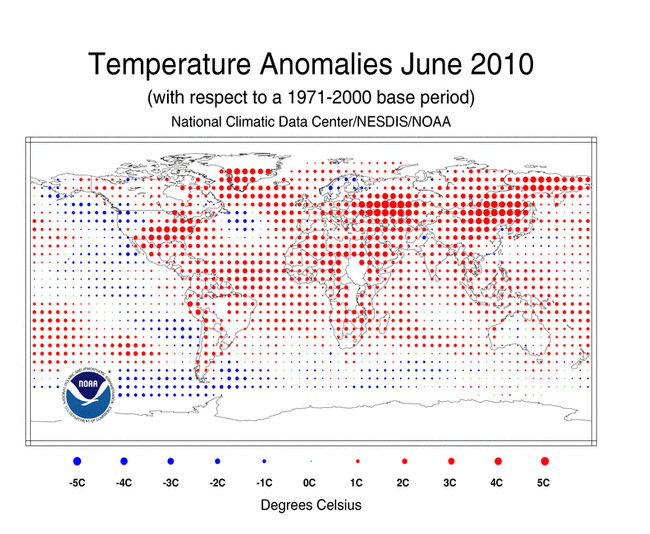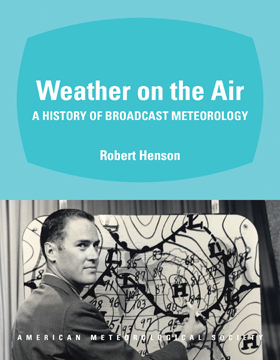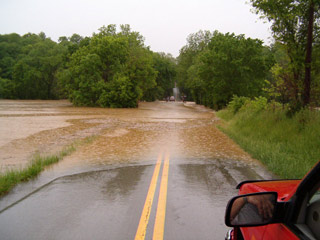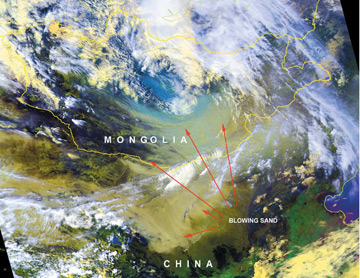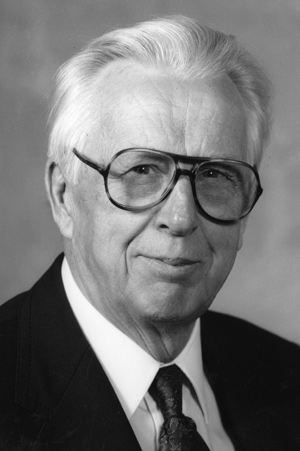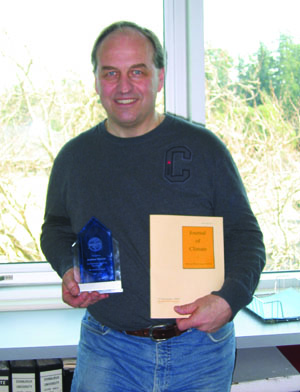In the wake of the recent eruption of the Eyjafjallajökull volcano in Iceland and the inconvenience it caused air travelers, this might be a good time to remember another Icelandic volcano and the chain of events it set off, including widespread famine, thousands of deaths, and maybe even the overthrow of a European power.
In June 1783, the Laki volcano in Iceland began an eruption that would continue for eight months, launching huge amounts of poisonous gas into the atmosphere. In Iceland, this had disastrous effects: vast amounts of cropland were destroyed and remained useless for many years, and approximately 80% of the country’s livestock died, setting off a famine that combined with the polluted air to kill approximately 10,000 people–at least one-fifth of Iceland’s population–over two years. This period is known in the country as “The Mist Hardships” because of the hazy mix of hydrogen fluoride and sulfur dioxide that settled over the land.
That haze inexorably made its way to other parts of the Northern Hemisphere. The famed British naturalist Gilbert White noted in his Naturalist’s Journal that, “The peculiar haze or smoky fog that prevailed in this island and even beyond its limits was a most extraordinary appearance, unlike anything known within the memory of man.” Killing more than 20,000 British citizens, the toxic haze is considered to be the worst natural disaster in modern Britain’s history. But it didn’t stop there. As recounted in the book, A Cultural History of Climate, by Wolfgang Behringer,
The emissions caused sulphurous odours, eye irritation, breathing difficulties and headaches as far away as central Europe. In large parts of Europe and the Ottoman empire, there were reports of thick “dry fog” and darkening or unusual colouring of the sun. Members of the Societas Meteorologica Palatina reported that, in the summer of 1783, the dark sky meant that people were able to look at the sun with the naked eye. . . . Acid rain damaged the environment throughout Scandinavia. Vegetation directly suffered even in the Netherlands, where with some delay cold and drought led to harvest failures, outbreaks of fever and diarrhoea, and increased mortality.
The eruption resulted in two years of unusually cold winters in Europe, which in turn led to widespread crop damage and a deadly famine. (Even the United States felt the effects: Benjamin Franklin noted that the winter of 1784 was the coldest in memory.) Indeed, much of Europe in the 1780s was plagued by unusual and extreme weather–and subsequent hardships brought on by this weather–that has been attributed to Laki. In his book, Behringer notes that,
Grain prices rose threefold in the decade beginning in 1784. The cumulative periods of cold during these years led to heavy snowfall and deep frost, widespread failures of vine and bread cereal harvests, flooding and livestock epidemics–precisely the combination of disasters that hits traditional agrarian societies hardest. The severe winter of 1783-4 saw exceptionally heavy snowfall, and there was serious flooding when the thaw came in late February. In the Rhine-Main area, the highwater mark at that time has in many places never been exceeded; it caused devastation in the fields or meadows and outbreaks of livestock disease due to contamination of the land. Many bridges collapsed, and roads and paths became impassable. The winter of 1784-5 was also exceptionally long and cold. In Berne snow lay on the ground for 154 days. . .
Some historians even trace the French Revolution back to the volcano, as the difficult conditions created by its eruption (e.g., long, cold winters, crop failures, food shortages) bred widespread disillusionment among the country’s peasantry.
